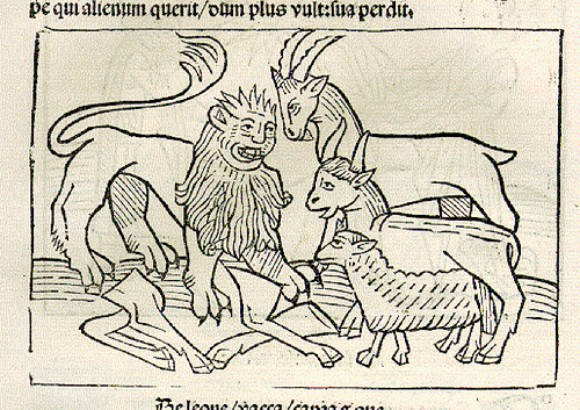Zooarchaeology
Zooarchaeology is the study of animal remains from ancient sites associated with human habitation. It is an interdisciplinary subject, which overlaps with other disciplines such as archaeology, biology, ethnography, ecology, palaeopathology, palaeontology, taphonomy and zoology.
The remains consist primarily of the hard parts of the body such as bones, teeth, and shells. These remains are analysed and interpreted in order to reconstruct past diets, economies and environments, informed by modern or historical analogues.
Zooarchaeology has developed considerably since it's earliest days and it is no longer enough to simply list species present in the assemblage or to answer simplistic questions such as "what did they eat?". Zooarchaeological analysis and interpretation is now a common component of most archaeological reports and Zooarchaeologists now address complex questions relating to human-animal relations, symbolism, beliefs, status, ritual, taboos, industries, markets and ecologies.

FAQ:
Q:What is the difference between zooarchaeology and archaeozoology?
A: In theory, the answer lies in the structure of the words, which are derived from ancient Greek. Archaeology is the study of past societies (literally the study of the ancient), whilst zoology is the study of animals. The prefix is subordinate to the root (the principle area of study), this means that zooarchaeology is the study of animal bones from past societies, whilst archaeozoology is the study of ancient animals. This is a technical explanation, and there is of course a vast difference between examining animal remains from ancient societies and examining an old animal! In practice, however, the two terms are often used interchangeably and most practising archaeozoologists are zooarchaeologists. So, whilst zooarchaeology and archaeozoology, zooarchaeologist and archaeozoologist may have profoundly different derivations, the difference in the real world is subtle, and may only represent slight differences in methodology.
Q: How does zooarchaeology relate to archaeology?
A: Zooarchaeology can be seen as a subdiscipline of environmental archaeology or of bioarchaeology. Bioarchaeology is often perceived as being synonymous with human osteoarchaeology in the US, but in Europe is seen as containing all of those parts of archaeology which are concerned with biological remains - that is plants and animals (including humans). Environmental archaeology focuses upon the interactions between humans and their environment in the past, by studying plant, animal and soil remains. As such, research is often focused upon the way in which humans utilise and shape their environments, as well as on the way in which environments and environmental change can force adaptation and innovation amongst human populations.
Q: What is a zooarchaeological consultant?
A: A zooarchaeological consultant is also known as a consultant zooarchaeologist or a freelance zooarchaeologist. Sometimes they are also referred to as independent researchers but strictly speaking this is inaccurate, since a zooarchaeological consultant, or freelance zooarchaeologist, is not independent when carrying our commercial work, but is beholden to a contract - exchanging services for money. A zooarchaeological consultant, or freelance zooarchaeologist, carries out zooarchaeological work on behalf of a client - usually (but not always) a commercial archaeology unit.
Q: Is a freelance zooarchaeologist an osteoarchaeologist?
A: Yes, and no. Similar to the situation outlined above for bioarchaeology, a freelance zooarchaeologist is technically an osteoarchaeologist, since zooarchaeologists most frequently deal with osteoarchaeology - that is the archaeology of bones. In practice however, an osteoarchaeologist often only examines human bones - they are in fact a 'human osteoarchaeologist' but this is a bit of a mouthful and so the first word is frequently dropped! Some freelance osteoarchaeologists are also freelance zooarchaeologists - many of the methods are the same, but freelance zooarchaeologists specialise in animal remains and consider a full suite of factors relevant to the interpretation of assemblages beyond species, age, sex, pathology and trauma (the principle concerns of human osteoarchaeology). Depending upon the brief from the client, a freelance zooarchaeologist will additionally consider all of the areas outlined at the top of this page.





